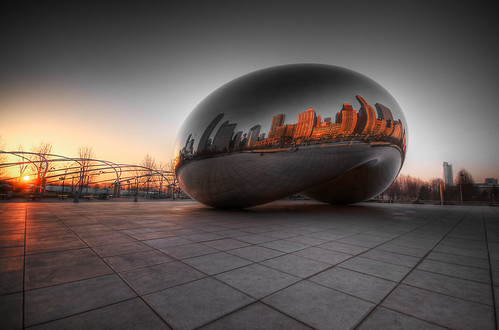








Who are the jury members for 2010?
Jon Bywater : Programme Leader, Critical Studies at Elam School of Fine Art, The University of Auckland.
Rhana Devenport : Director, Govett-Brewster Art Gallery, New Plymouth
Leonhard Emmerling: Visual Arts Adviser, Goethe Institute, Munich,
Germany, former Director, ST PAUL St, AUT University
Kate Montgomery : Director, Physics Room, Christchurch
Who is the judge for 2010 and what is his position in the art world?
The 2010 judge for the Walters Prise award was the a-famed Vicente Todoli, former director of London's tate- modern - one of the most visited Art museums of the world. Vicente Todoli's position of director at the Tate Modern is a big part of the museums success and renowned reputation, hence why such a prestigious position such as presenting this award was given to Todoli. Previous to the tate, Todoli's career consisted of judging contemporary artwork which made him a perfect candidate for this years award.
Who would you nominate for this years Walter's Prize, and why? Substantiate you answer by outlining the strengths of the artists work. How does this relate to your interests in art? What aspect of their work is successful in your opinion, in terms of ideas, materials and/or installation of the work?
Observing these artists, I believe that the overall winning piece would have to be either Dan Arps or Alex Monteith. I think that both artists are worthy nominees as both artworks are quite different. The first, Dan Arps, really gets the viewer to question- what is art? and the second, Alex Monteith, has an entertaining piece on what it is like to ride a motorbike on a motor way. I think both artists relate to my interests as they are quirky and not serious- which is they way I enjoy expressing my own art. I like artwork that makes you think and hold s your attention span longer than if you were just looking at a canvas in a gallery.

Chalayan’s film Absent Presence screened at the 2005 Venice Biennale. It features the process of caring for worn clothes, and retrieving and analysing the traces of the wearer, in the form of DNA. This work has been influenced by many different art movements; can you think of some, and in what ways they might have inspired Chalayan’s approach?
when I researched Absent Presence I found the short clips that previewed the film very interesting. Chalayan's work has taken another path in the name of art. I however could not find many influences that could have inspired this artist to create this film. Saying that, I think the sudden influx of documentaries being made over the last 10 years could have inspired him to 'uncover the unknown' in that sense.
Many of Chalayan’s pieces are physically designed and constructed by someone else; for example, sculptor Lone Sigurdsson made some works from Chalayan’s Echoform (1999) and Before Minus Now (2000) fashion ranges. In fashion design this is standard practice, but in art it remains unexpected. Work by artists such as Jackson Pollock hold their value in the fact that he personally made the painting. Contrastingly, Andy Warhol’s pop art was largely produced in a New York collective called The Factory, and many of his silk-screened works were produced by assistants. Contemporarily, Damien Hirst doesn’t personally build his vitrines or preserve the sharks himself. So when and why is it important that the artist personally made the piece?





Mercantilism can be defined as a 16th - 18th century political and economic theory where the general principles of wealth, trade and power were determined by the countries reserve of gold, silver, raw materials and industrial capability.The policy also included the possession of colonies, removing materials from the newly possessed land and selling it back to the 'detained market' in the colonies. This also included exporting more goods than importing where the difference would be balanced by their ownership of gold and silver. This would create a strong nation economically and militarily.
Mercantilism was used as the source for colonialism as well as wars in
Fiona Hall
Fiona Halls piece ‘Tender’ was created using numerous amounts of shredded one dollar bills moulded into the shapes of bird nests. The controversy surrounding this artwork is that it is highly illegal and would be confiscated if it was in the
This artwork relates to mercantilism as it portrays the idea that the cost of deforestation as part of global trade is affecting many homes and ‘nests’ of animals that habitat they live in. The deeper message that this statement suggest is the environment in which the species live in has a price tag or cash value attached to it similar to the homes we live in. However as they have no ‘voice’ people assume the right to confiscate and re-po
pulate the area. This is similar to European colonisation in the 16th – 18th century where many tribes were robbed of their land and rightful home. The title that this artwork is named can be seen in two meanings, ‘Tender’ in economic terms means ‘currency’ as well as ‘Tender’ to describe a human emotion of fragility.
The artwork ‘leaf Litter’ communicates the idea that money is extremely important and desirable. As a human race we have built a society that is built on and around monetary power, however at the end of the day it is made of the least glamorous material, paper. Another way this artwork relates to mercantilism is the growth and power of the European domination is similar to the growth of trees. Their branches expand further away from the trunk yet they are strong and stable through years of growing dominating a greater area of space.